The 5V Single Channel Relay Module for Arduino is essential for controlling high-power devices with their Arduino board. This relay module, known for its ease of use and reliability, is ideal for various applications. Additionally, it seamlessly integrates with Arduino boards, guaranteeing optimal performance.
This relay module operates at 5V, making it compatible with most Arduino boards. Additionally, it features a single channel, allowing you to control one device or circuit at a time. This makes it ideal for switching single devices on/off, which is perfect for controlling lights, fans, or motors in various projects.
Installation of the 5V Single Channel Relay Module is straightforward. Connect the module to your Arduino board using jumper wires. Once connected, you can use the Arduino IDE to program the module and control your devices.
One of the key features of this relay module is its versatility. Additionally, you can use it in a variety of projects, ranging from simple home automation systems to more complex robotics projects. Furthermore, its compact size makes it easy to integrate into your projects. Plus, its low power consumption ensures it won’t drain your Arduino’s battery quickly.
The 5V Single Channel Relay Module is renowned for its durability and ability to withstand high-temperature environments. Moreover, with its high switching capacity, this module is suitable for a variety of applications. Whether you’re working on a hobby project or a commercial application, this relay module is up to the task. Furthermore, it is designed to endure diverse environments, making it a reliable choice.
In conclusion, the 5V Single Channel Relay Module for Arduino is a versatile, reliable, and easy-to-use component for controlling high-power devices with your Arduino board. It stands out for its compatibility, ease of use, and durability, making it the perfect choice for a wide range of projects.
One Channel Relay Module Applications:
This relay module finds its place in various applications:
- Home Automation: Control lights, fans, and appliances remotely.
- Industrial Automation: Manage machinery and processes.
- Security Systems: Activate alarms and surveillance devices.
- Automotive: Control vehicle lights and accessories.
- Medical Equipment: Operate pumps and motors in medical devices.
- Energy Management: Switch power sources based on energy needs.
- Robotics: Control robotic arm movements and functions.
- Agricultural Automation: Manage irrigation and climate control.
- DIY Projects: Use in various hobbyist projects for automation.


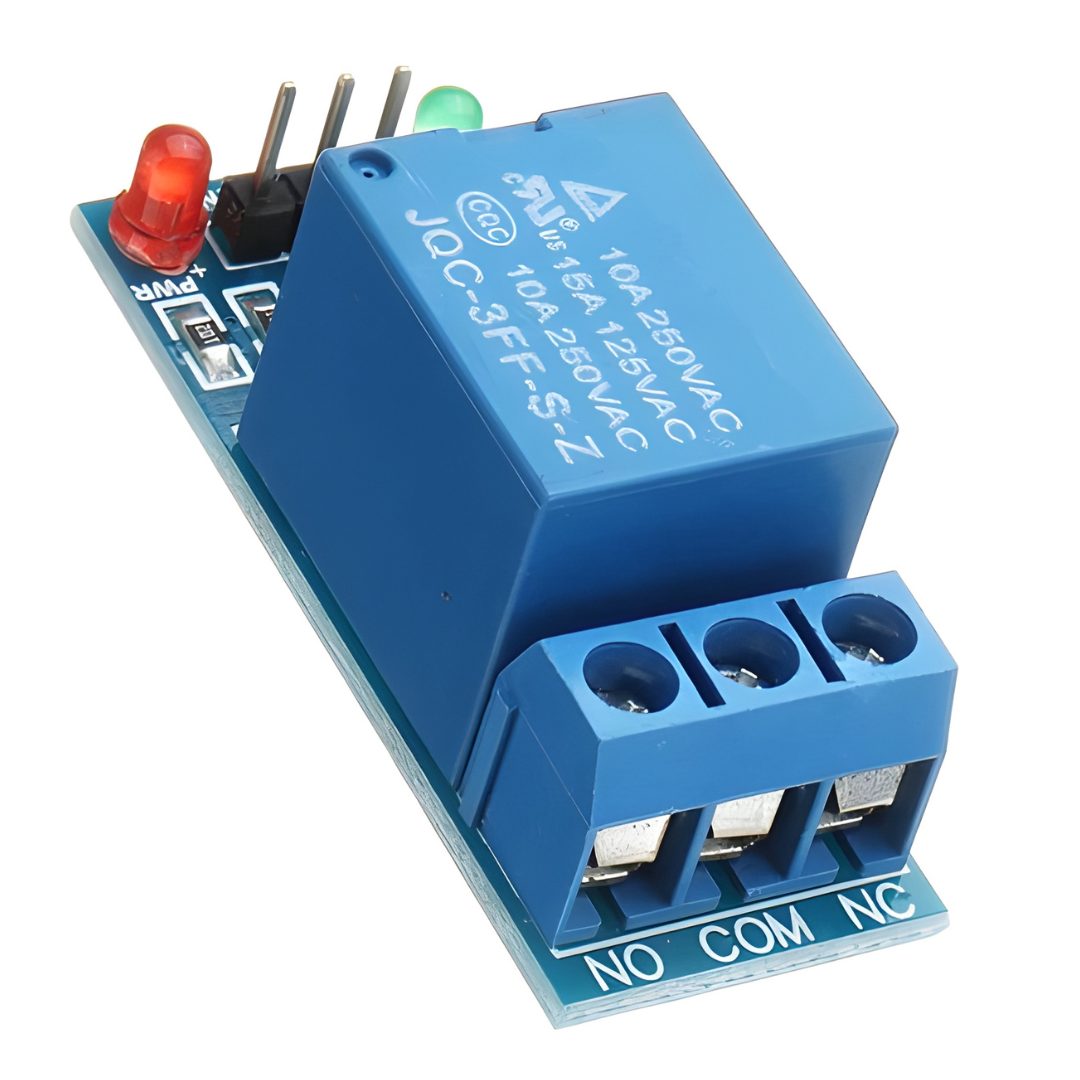





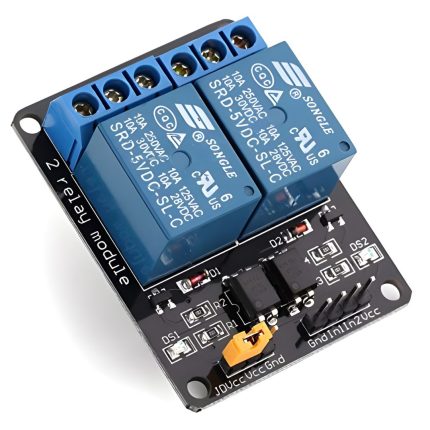











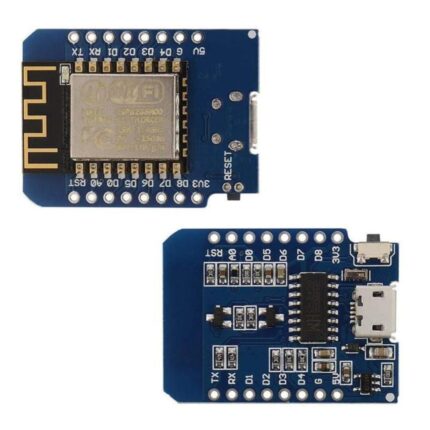
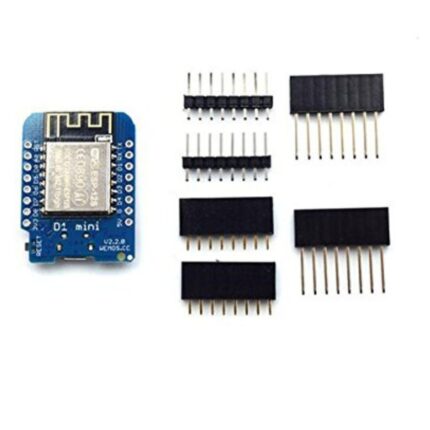
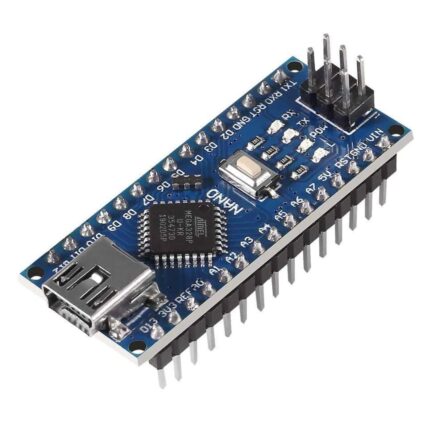






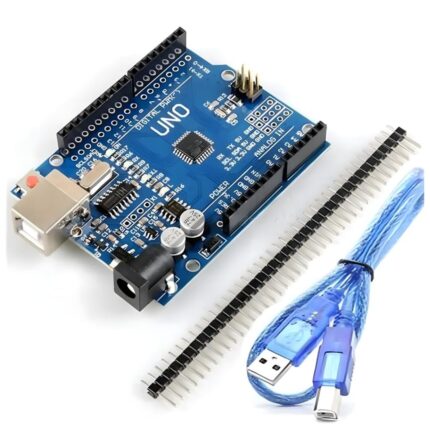
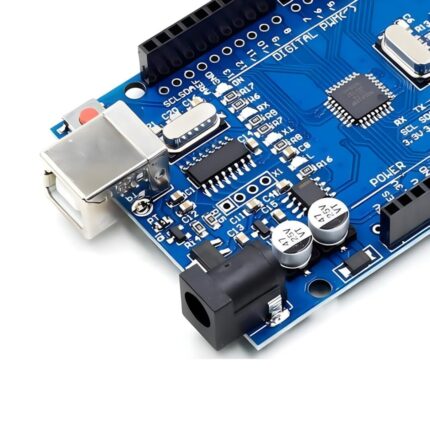


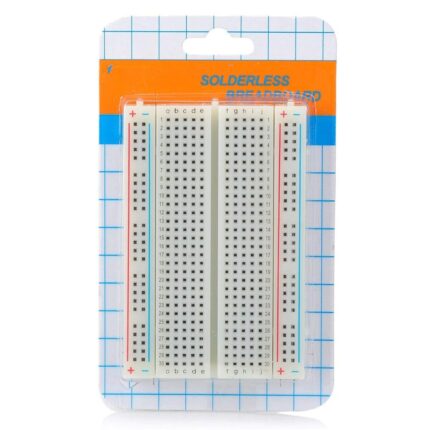
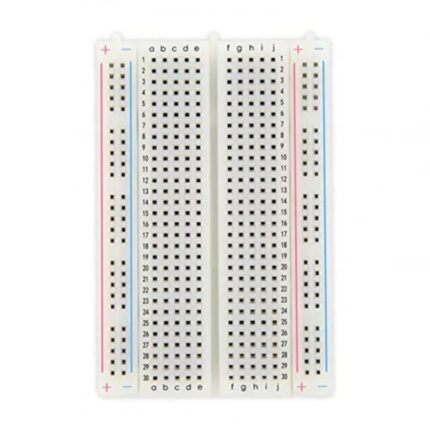










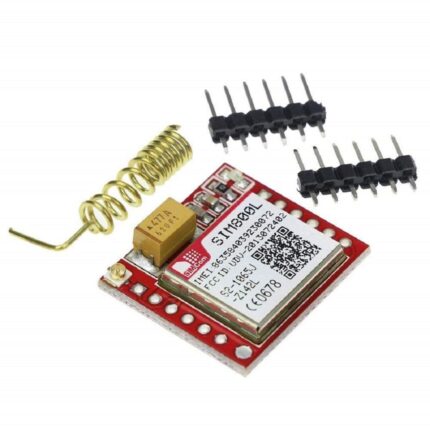

Kabir Rana –
The relay module works as described but feels a bit basic compared to other options.
Aashi Gupta –
This relay module is exceptionally well-built. It seems well-made and substantial, which gives me hope for its longevity.
Neel Bajaj –
As a satisfied customer, I can confidently say that this relay module is top-notch. It’s a great addition to any Arduino project.
Akash Gupta –
I consider this relay module to be an excellent value for money. It’s a high-quality product at an affordable price.
Pranav Gupta –
High-quality 5V relay module, works perfectly with my Arduino Uno.
Rohan Malhotra –
Solid relay module for Arduino. Vayuyaan’s website offers a wide range of products and the ordering process was smooth.
Maya Kumari –
Integrating this 5V relay module into my Arduino projects was easy. It’s a plug-and-play solution.
Veer Bajaj –
The relay module arrived well-packaged and in perfect condition. I appreciate the care taken in packaging.
Anika Singh –
The 5V Single Channel Relay Module for Arduino performs decently but has some build quality issues.
Yashika Sharma –
Easy to set up and works perfectly. The relay module is of good quality.
Ishaan Malhotra –
This 5V relay module gets the job done but has some room for improvement.
Siddharth Rana –
If you’re new to Arduino projects, this relay module is a great place to start. It’s easy to use and provides great functionality.
Aarohi Sharma –
1 Channel Relay Module offers efficient functionality jo meri needs ko meet karta hai. Ye ek great module hai Arduino projects ke liye.
Ayesha Desai –
Excellent product, works perfectly with my Arduino projects. Easy to set up and reliable.
Lakshya Shah –
1 Channel Relay Module ka user-friendly design use karna bahut aasan banata hai. Ye beginners ke liye ek great module hai.
Ishika Bhatia –
The 1 Channel Relay Module features a user-friendly design that makes it easy to use. It’s a great relay module for beginners.
Pooja Sharma –
1 Channel Relay Module bahut hi aasan aur effective solution hai Arduino ke projects mein control karne ke liye. Iska setup bahut hi simple hai.
Dev Khanna –
The relay module is average in terms of quality and performance. It’s suitable for basic applications but may not be the best choice for complex projects.
Ethan Reddy –
The 5V relay module exceeded my expectations. Highly recommend!
Nisha Patel –
The relay module works flawlessly. Vayuyaan provides excellent customer service and fast delivery.
Uday Kumar –
Easy to set up and use. The relay module is of good quality.
Vanya Singh –
I had a question about my relay module, and the customer service team at Vayuyaan was very helpful and responsive.
Mihir Sharma –
Great value for money. The relay module works well with Arduino. Vayuyaan’s website is a great resource for electronic components.
Reyansh Kapoor –
This relay module is a great value for money. It’s affordable and performs exceptionally well. I highly recommend it.